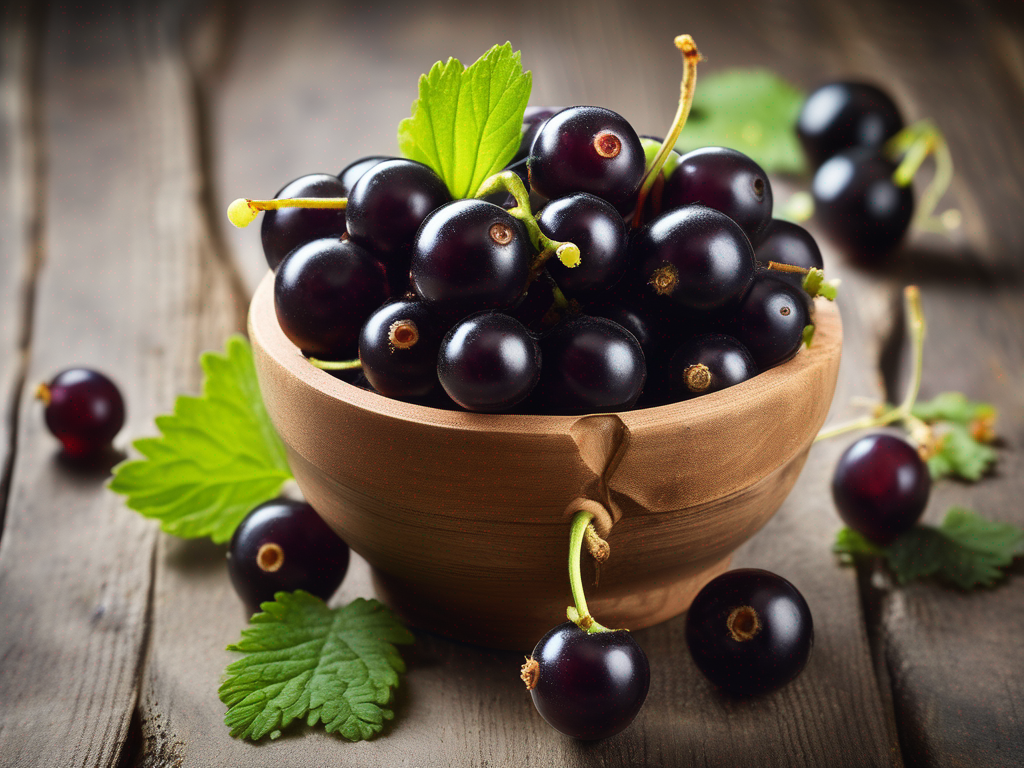
How to Extend the Shelf Life of Blackcurrant in the Pantry
Get Your Free Food Safety Cheat Sheet
30 most common foods with instant answers. Print it and stick it on your fridge—completely free!
How to Extend the Shelf Life of Blackcurrant in the Pantry
Blackcurrants are delicious and nutritious fruits that are packed with antioxidants, vitamins, and minerals. They are versatile and can be used in a variety of dishes such as jams, jellies, desserts, and smoothies. To enjoy the benefits of blackcurrants for a longer period, it is essential to store them properly to extend their shelf life. In this blog post, we will discuss practical tips on how to store blackcurrants in the pantry to ensure their freshness and quality. (Blackcurrant)
Importance of Proper Storage
Proper storage of blackcurrants is crucial to maintain their flavor, texture, and nutritional value. When stored incorrectly, blackcurrants can spoil quickly, leading to wastage and potential food safety risks. By following the right storage methods, you can prolong the shelf life of blackcurrants and enjoy their goodness for an extended period.
Factors Affecting Shelf Life
Several factors can impact the shelf life of blackcurrants, including:
- Temperature: Blackcurrants should be stored at the optimal temperature to prevent premature spoilage.
- Humidity: Excess moisture can cause mold growth, while low humidity can lead to dehydration.
- Light: Exposure to light can accelerate the deterioration of blackcurrants.
- Air Circulation: Proper ventilation is essential to prevent the build-up of moisture and mold.
Tips for Storing Blackcurrants in the Pantry
To maximize the shelf life of blackcurrants in the pantry, follow these practical tips:
1. Selecting Fresh Blackcurrants
- Choose blackcurrants that are firm, plump, and deep in color.
- Avoid blackcurrants that are soft, shriveled, or have signs of mold.
2. Cleaning and Drying
- Before storing blackcurrants, gently rinse them under cold water.
- Pat the blackcurrants dry with a clean kitchen towel to remove excess moisture.
3. Proper Packaging
- Place the blackcurrants in a breathable container or perforated plastic bag to allow air circulation.
- Avoid sealing the blackcurrants in airtight containers as this can promote moisture build-up.
4. Ideal Storage Conditions
- Store blackcurrants in a cool, dark pantry away from direct sunlight.
- Ensure proper ventilation to prevent the accumulation of moisture.
5. Check for Spoilage
- Regularly inspect the blackcurrants for any signs of mold, discoloration, or softening.
- Discard any spoiled blackcurrants to prevent contamination of the rest.
Safety Precautions
While blackcurrants are generally safe to consume, it is essential to practice food safety measures to prevent contamination and foodborne illnesses:
- Wash your hands before handling blackcurrants.
- Use clean utensils and containers for storing blackcurrants.
- Avoid cross-contamination by keeping blackcurrants away from raw meat, poultry, and seafood.
Conclusion
By following the tips outlined in this blog post, you can extend the shelf life of blackcurrants in your pantry and enjoy their nutritional benefits for a longer period. Proper storage practices, including selecting fresh blackcurrants, cleaning and drying them, and storing them in ideal conditions, are key to preserving the freshness and quality of blackcurrants. Remember to check for spoilage regularly and practice food safety precautions to ensure the safe consumption of blackcurrants. With these simple steps, you can make the most of this flavorful and nutritious fruit. (Blackcurrant)
Authoritative Food Safety References
These agencies and university labs inform every tip and health precaution we publish.
USDA FoodKeeper – Cold Storage Guidelines
Official refrigerator, freezer, and pantry timelines maintained by the U.S. Department of Agriculture.
Visit USDA FoodKeeperFDA Produce Safety Rule & Grower Guidance
Field-to-fridge handling practices that prevent contamination of fruits, vegetables, and leafy greens.
Visit FDA Produce SafetyCDC Foodborne Illness Prevention Hub
Surveillance-backed guidance on pathogens, symptoms, and steps to reduce foodborne illness risk.
Visit CDC Food SafetyUC Davis Postharvest Technology Center
University research detailing optimal storage atmospheres for produce after harvest.
Visit UC Davis PostharvestPenn State Extension – Home Food Preservation & Safety
Peer-reviewed extension bulletins on safe canning, chilling, and reheating practices.
Visit Penn State ExtensionGet Your Free Food Safety Cheat Sheet
30 most common foods with instant answers. Print it and stick it on your fridge—completely free! Want more? Upgrade to the complete guide with 70+ foods.
Scan your food directly and get instant safety info using our AI-powered camera feature.